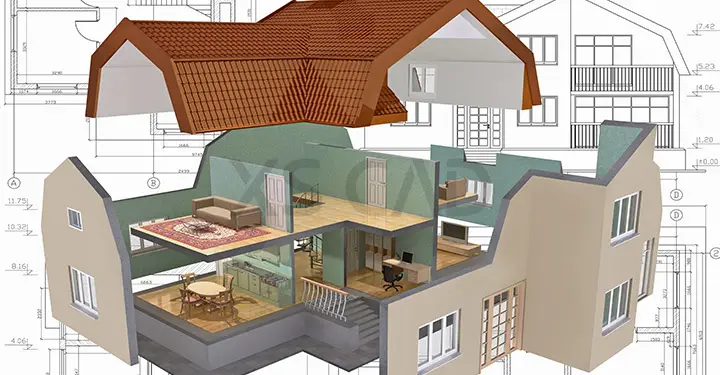Our Articles

DfMA – A Solution for On-site Skills Shortages
There’s a great deal going on in the global AEC (architecture, engineering, construction) industry, much of which is influenced by current events, including the uncertainty regarding Brexit for the UK sector. A tightening of public purse strings, dreaded construction skills shortages and the resulting downward graph of productivity have been just a few of the factors pressuring construction projects lately. As manufacturing processes become increasingly automated and work sites attempt to improve their productivity through technological advances, there is a significant shortage of skilled workers. Design for Manufacturing and Assembly (DfMA) in a BIM (Building Information Modelling) environment may be a modern solution to this modern challenge.
There is a general perception that works against jobs in manufacturing. These jobs are considered dirty, low-tech, dangerous and low-paying, making them unpopular with the younger generation. According to a market survey conducted by a leading global construction company, labour shortages are becoming an international phenomenon in construction. The United Kingdom has seen a definite drop in the number of construction apprenticeships compared to 2018.
Numerous jobs in construction have been lying vacant, because employers find it difficult to find and retain labour with the requisite skills, qualifications or experience. There is a class angle that looks at these ‘dirty, outdoorsy’ jobs as fit only for young people who do not have a college or university degree.
Typically, parents urge bright children to explore career paths in law, finance, medicine or mass media. Engineering, project management, quantity surveying, town planning and office management can be equally fulfilling and lucrative but are largely ignored.
In addition, very few employers are willing to risk training an apprentice or inexperienced newcomer for an important project to ease the skills shortage.
These shortages in skilled labour result in a negative impact on project delivery. For a major sector of a nation’s economy (ie. In the UK, construction generates almost £90 billion per year and employs approximately 10% of the workforce), this is a real problem. An additional aggravation in the construction sector is that the existing workforce is aging and may soon be out of commission. When experienced workers leave or retire, will they be adequately replaced? What needs to be done?
Solutions include the following:
Using prefabricated components or modules manufactured off site is slowly setting a global trend. In some countries, DfMA is more the norm rather than on-site manufacturing.
How does DfMA help the situation?
Design for Manufacturing and Assembly, or DfMA, is a process that uses technology and data to both design and manufacture assets, components and materials in a factory setting and then transport these items on site for assembly. The possibilities are diverse. Even built assets, such as houses, commercial building units, bathroom pods or kitchens, can be transferred in parts or as a whole and assembled on location. This production line procedure has a number of advantages, such as reducing waste, reducing on-site risks, lowering costs and carbon emissions, enabling recycling and specifically, minimising human labour requirements.
During the DfMA process, reduced investment of labour is required than during traditional processes on site. This way, fewer skilled workers need be on site, and they would have a different skillset, primarily for assembly rather than design or manufacture. Since on-site labour is required for reduced time periods, projects tend to cost less, especially using software such as Revit.
Revit family creation services helps to create BIM content, components and modules for manufacture, as part of the wider ambit of Revit architectural services, including processes such as Revit 3D modelling.
The DfMA approach enables increased off-site manufacturing and reduced on-site construction activity, resulting in buildings being constructed faster and with greater safety. Governments are increasingly looking at prefabrication, modularisation and standardisation of construction processes, all of which are part of the DfMA process enhanced by Revit BIM.
The Revit platform consists of a suite of software tools that can help the DfMA approach, but this requires training and investment. Many Western firms find it more profitable to outsource these BIM architectural services to offshore companies, especially from India. Then, the only challenge is finding the right BIM services partner with qualified and experienced professionals who understand the relevance of DfMA and have the requisite skills.

